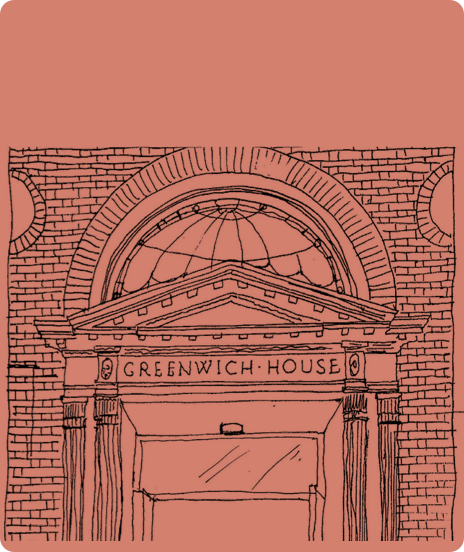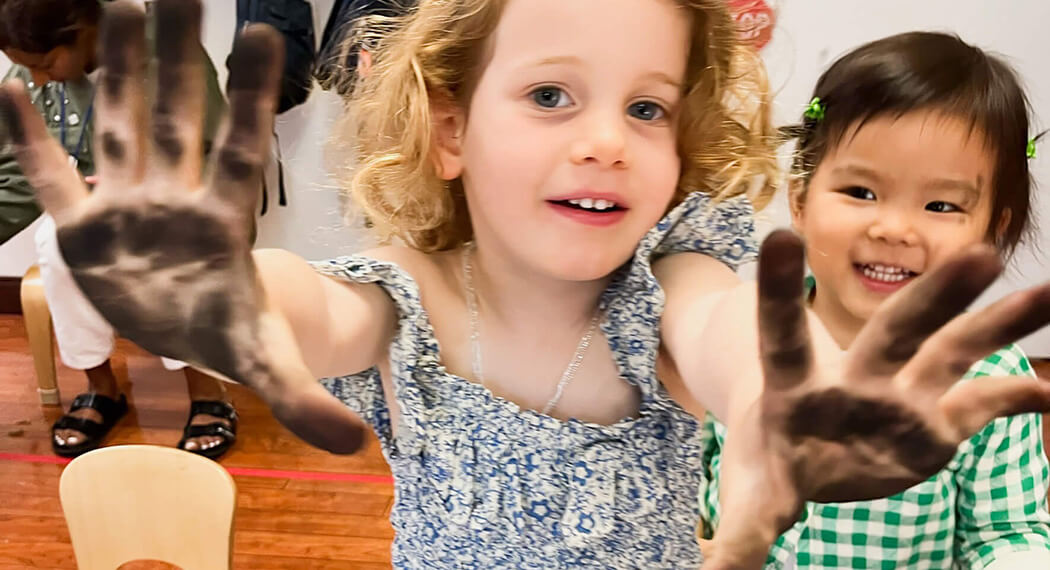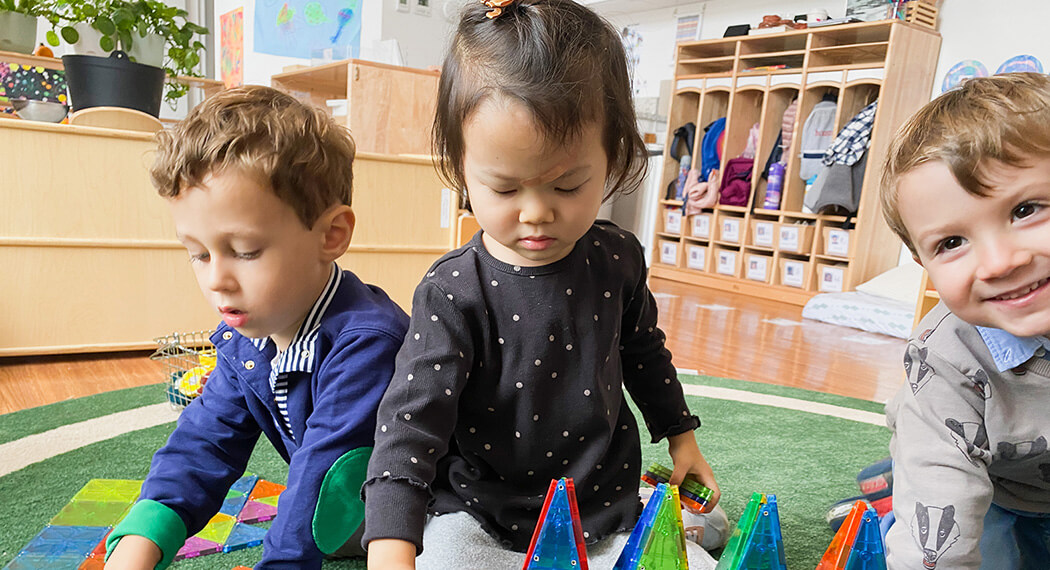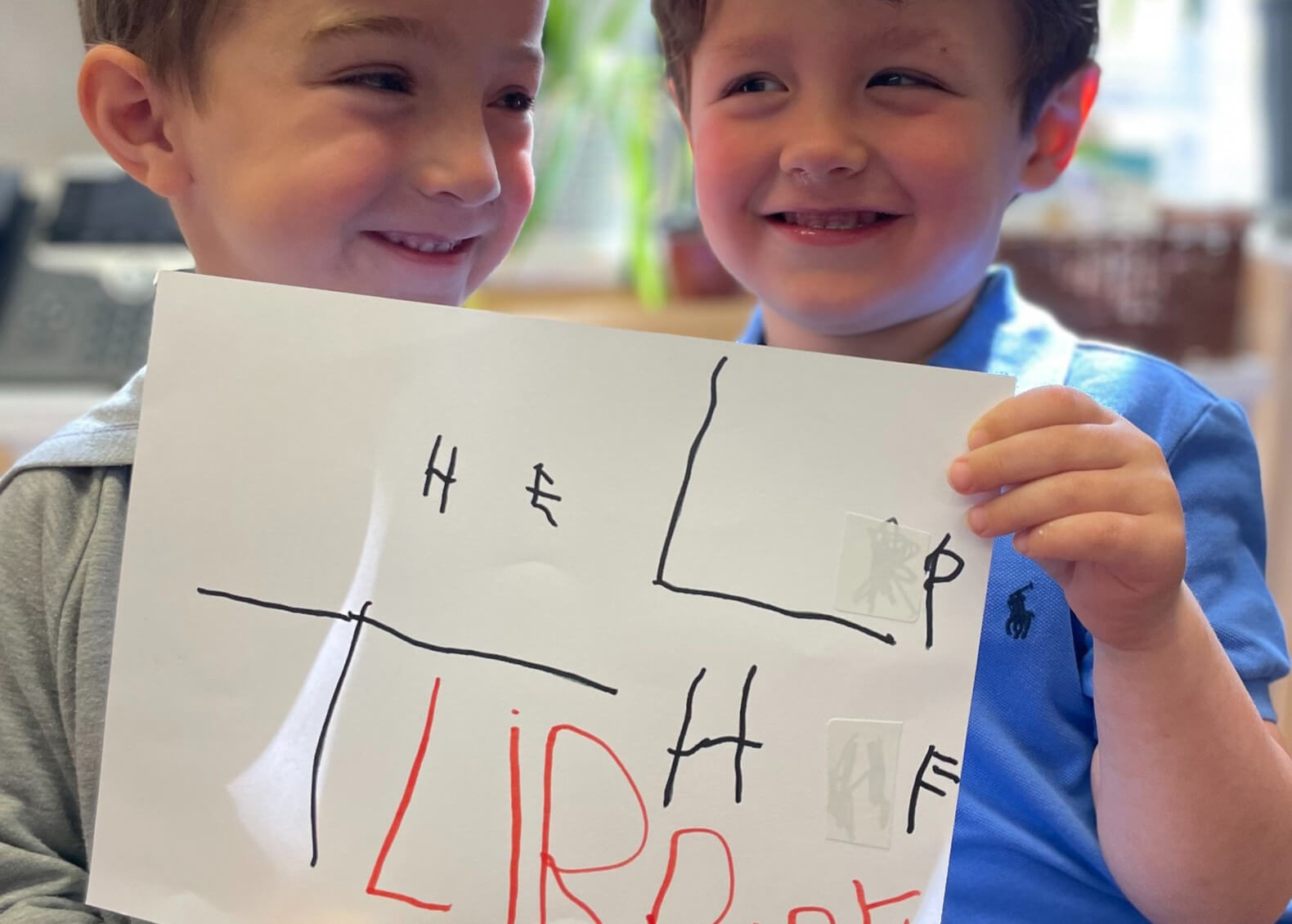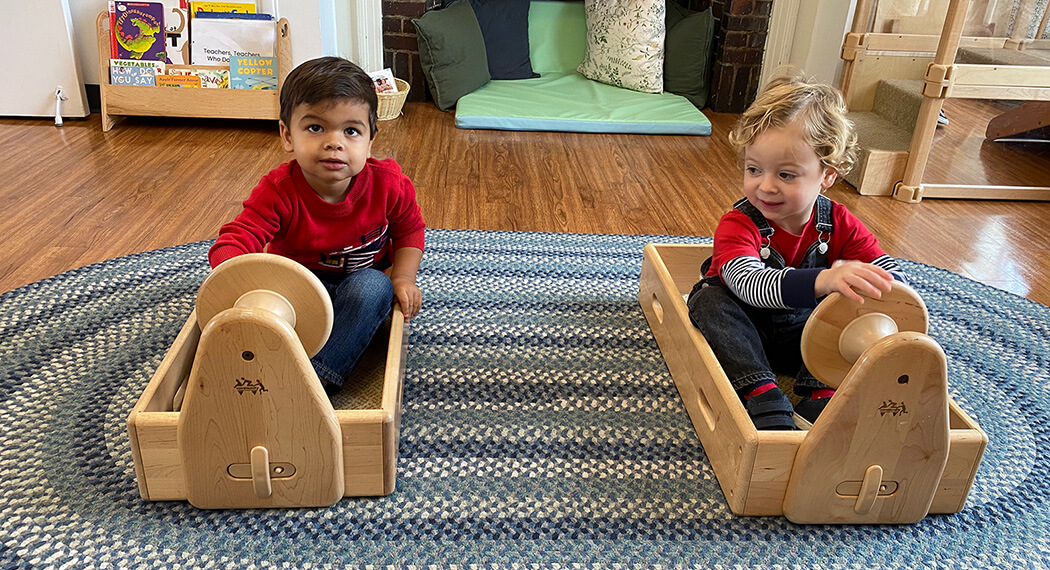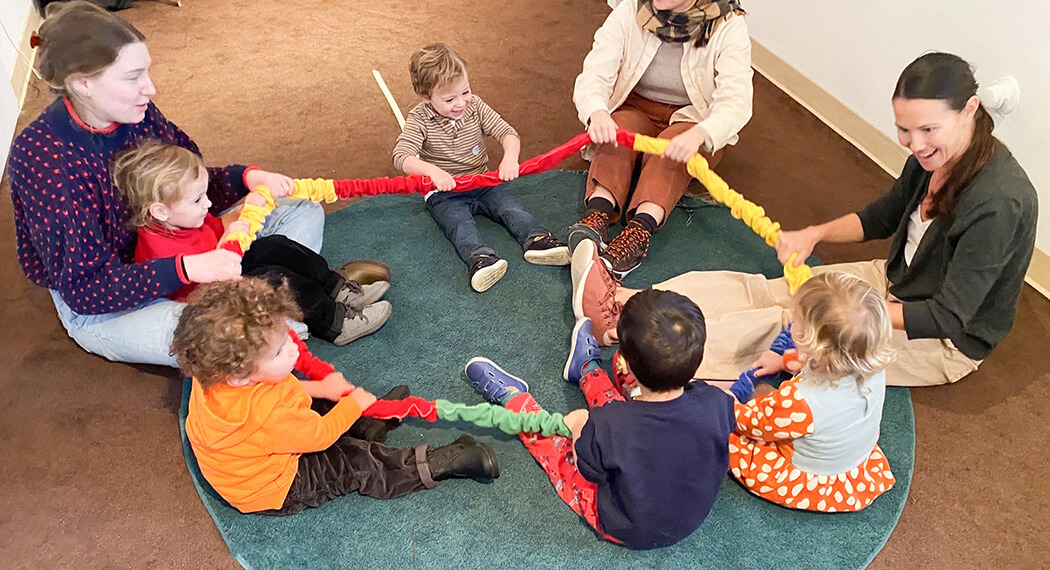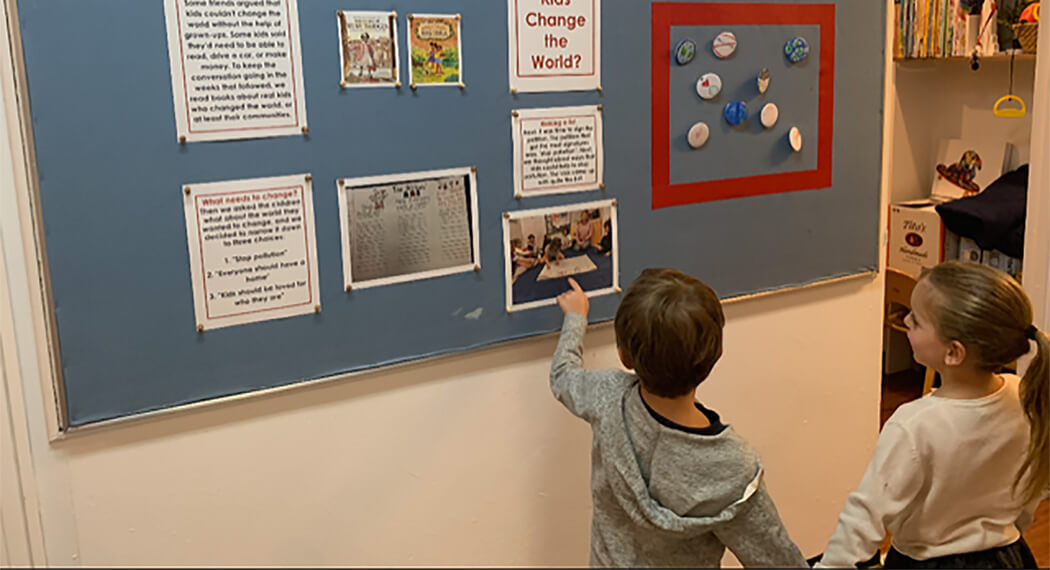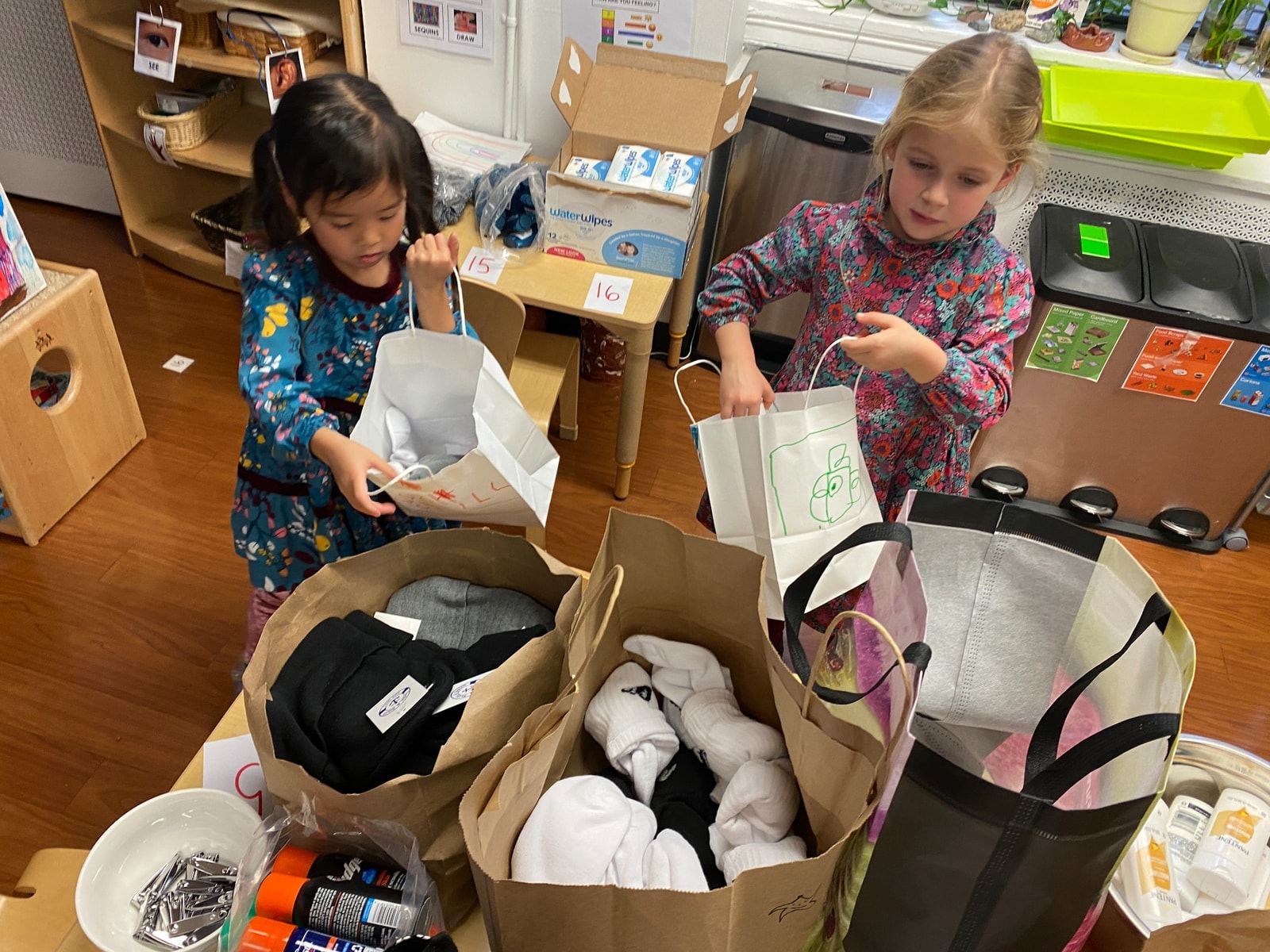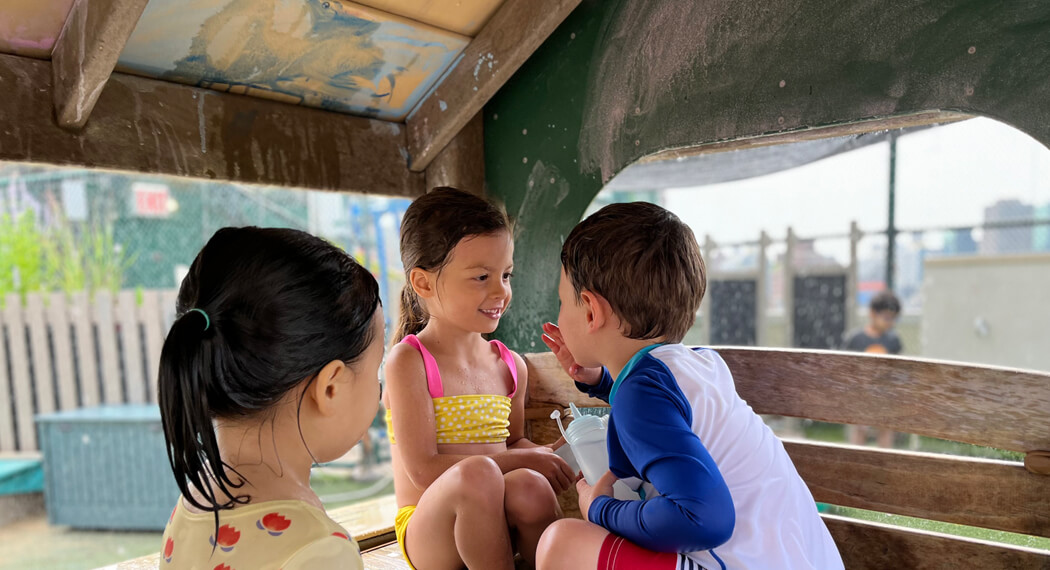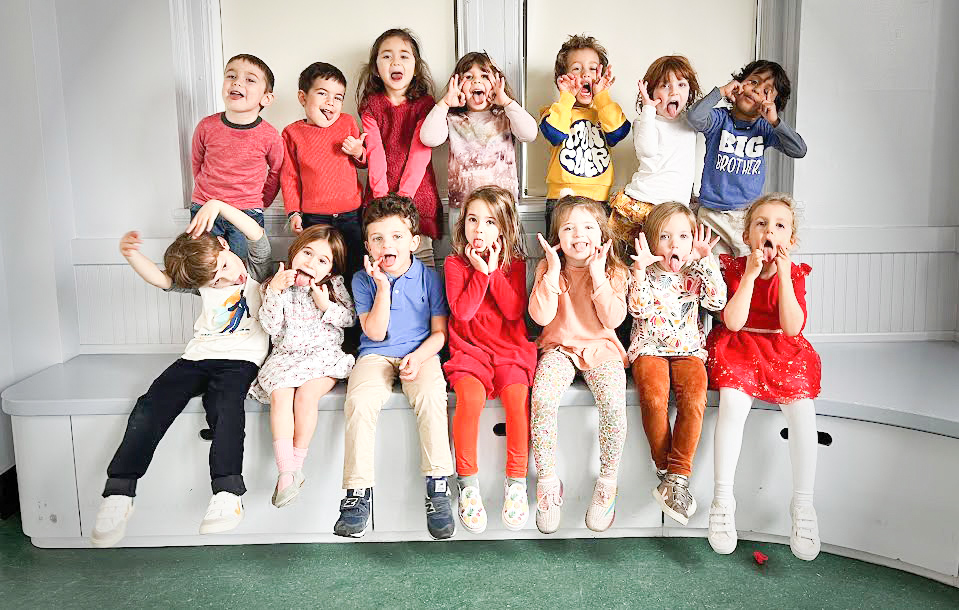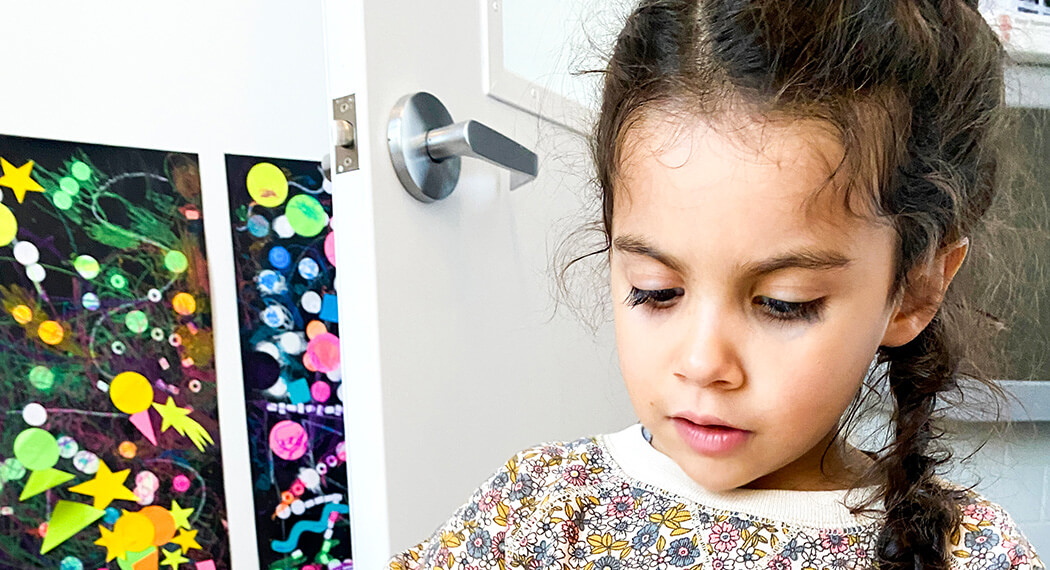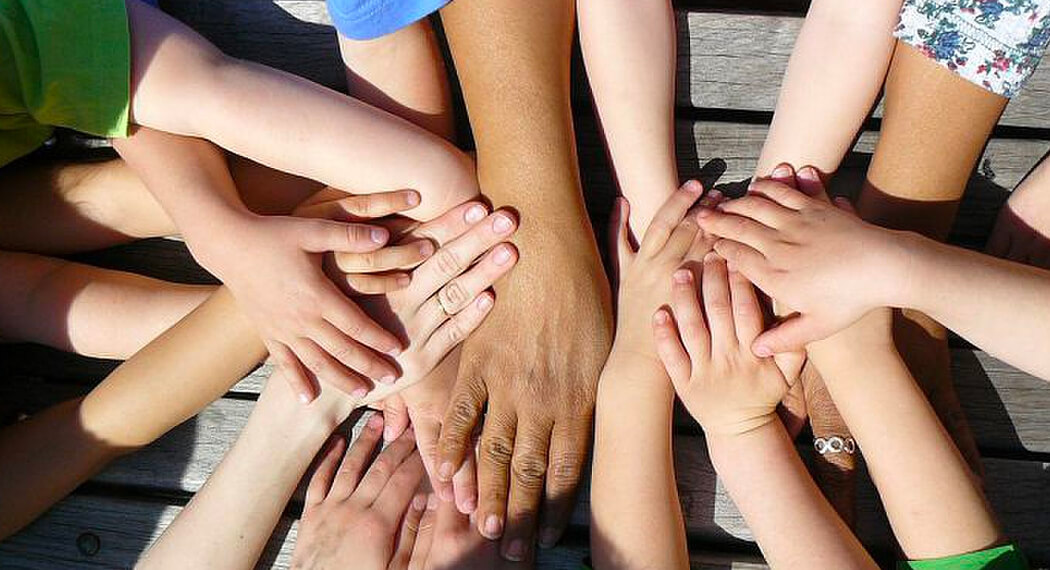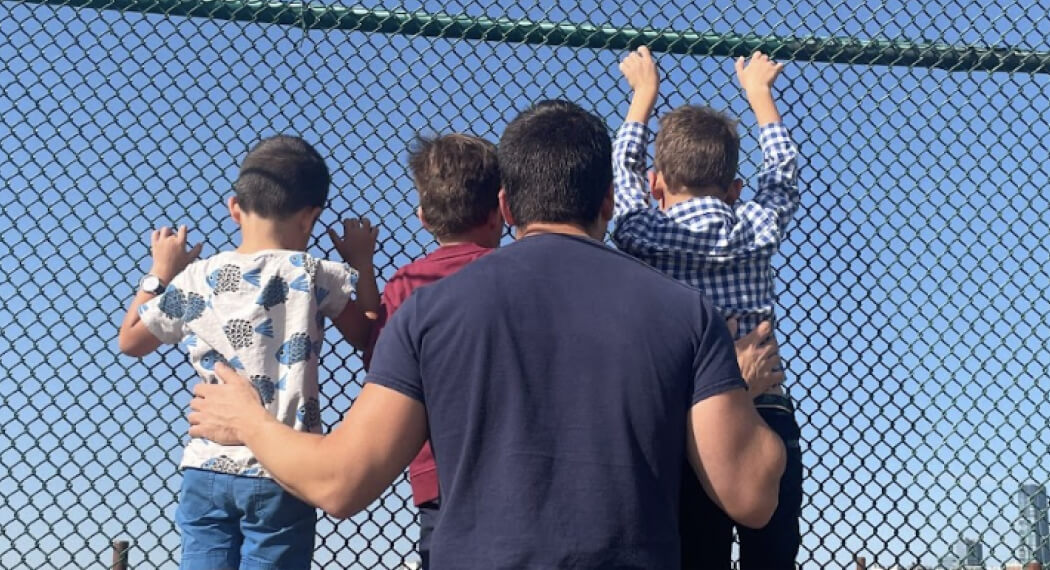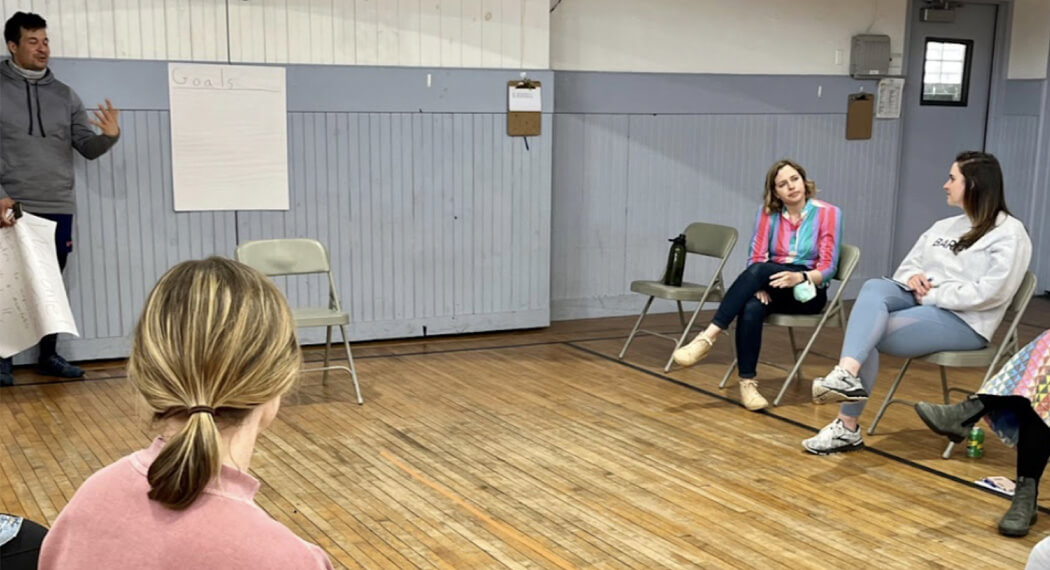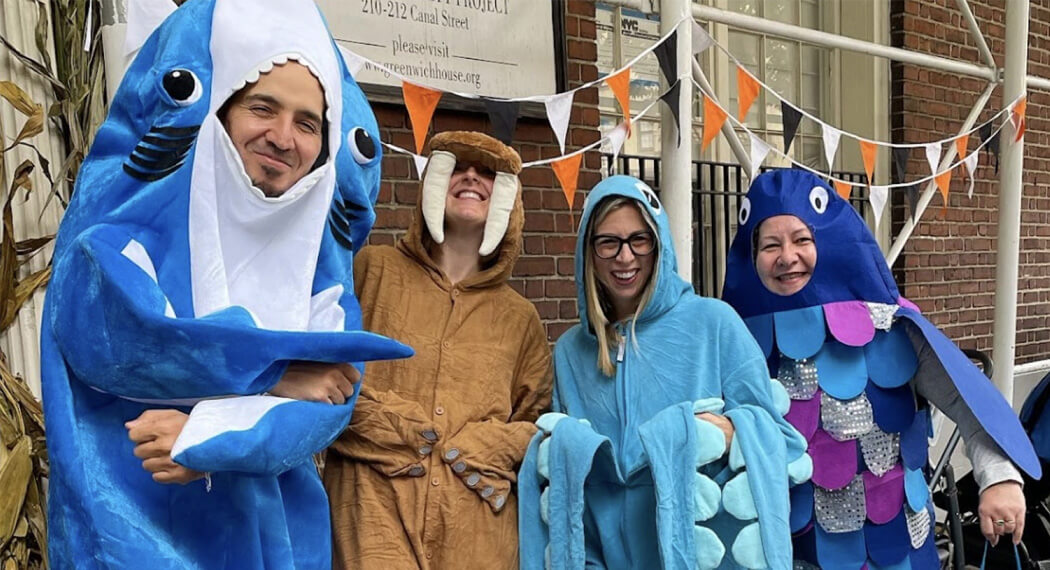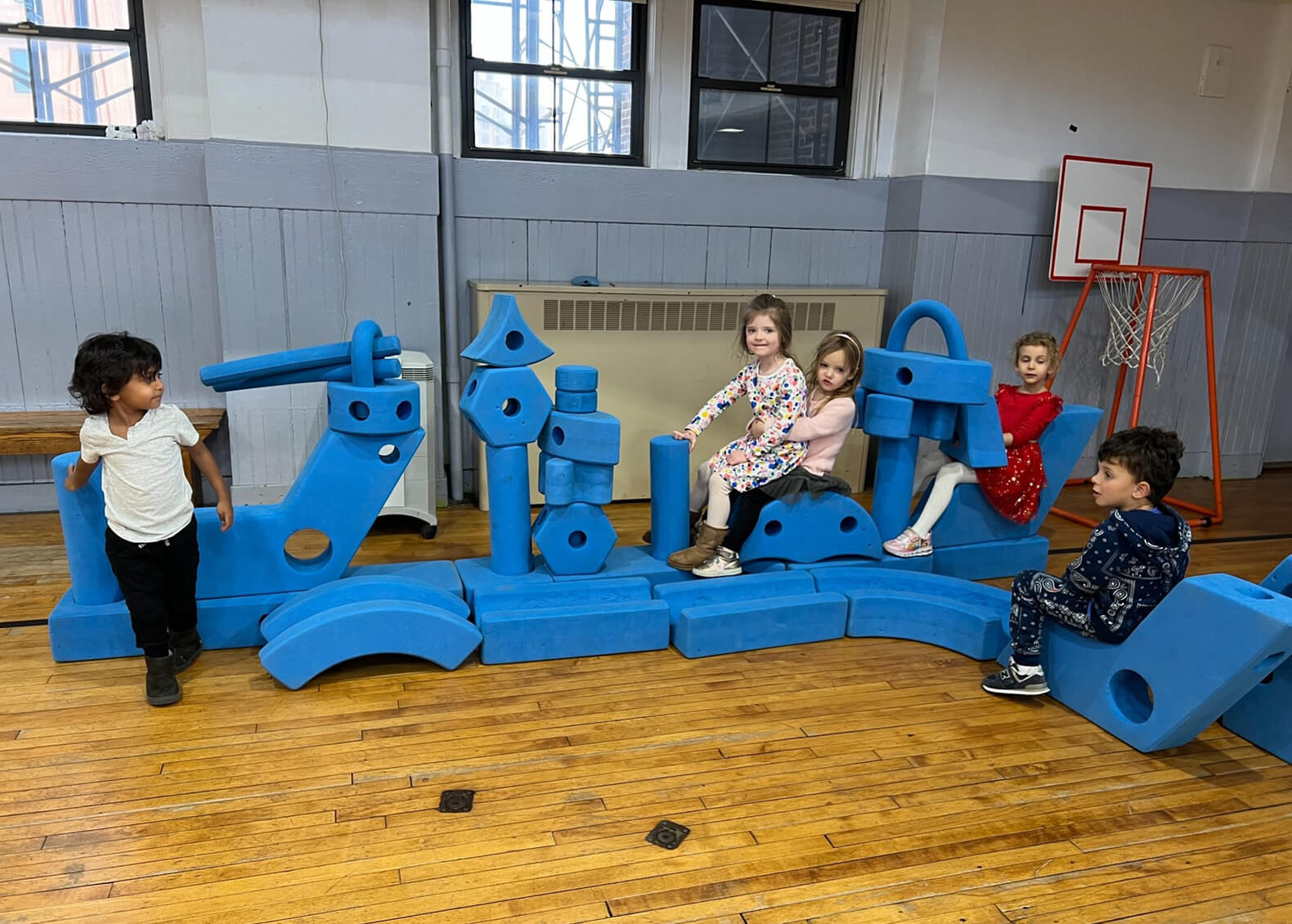Listen to the mustn’ts child
Listen to the don’ts.
Listen to the shouldn’ts
The impossible,
the wont’s.
Listen to the NEVER HAVES,
Then listen close to me…
Anything can happen, child.
ANYTHING can be.
Shel Silverstein, Where the Sidewalk Ends
For the past few weeks in science, the Blue Room has been exploring engineering through play with our blue brick blocks from Imagination Playground. These large foam blocks offer the children a fantastic opportunity to use their creativity and imagination to work together to design and build a number of different structures.
For the first week, the children were offered complete freedom to use the blocks in any way they chose. The first half group made a plane. The second half group designed an ocean cruise ship. Each vehicle was built to be equipped with engines, controls, seats, and even bathrooms. The second group decided to break down the boat and create a castle with ramparts, towers, flags, and a moat.
During the second week of exploration, the children were asked to create a “race course,” using the blocks to create a two-sided track that wound from one side of the gym to the other. They were then asked to see if they could race balls down the path they had created. They wanted a challenge, so they added jumping balls with handles. Interestingly, the second half group, tired of the challenge, decided to break down the track and create a cargo ship.
For the third week, the children were again able to create anything they wanted, but they had to work together, each child bringing one block at a time to their workspace: the children had to design something one child at a time, one block at a time. As each student added a block to the space, they began to work together, discussing what they wished to build. Choices ranged from boats and planes to castles, houses, and skyscrapers. Sitting watching their peers, the students were conscientious and thoughtful during the building process.
The students are also working through concepts in physics and math, such as spatial awareness, measurement, size, weight, structural integrity, & support systems. Children learn the names of geometric shapes, including square, circle, triangle, and rectangle but also hexagon, octagon, polygon, trapezoid, rhombus, & cylinder.
Working through a STEAM (Science, Technology, Engineering, Arts, and Mathematics) process and using the scientific method with no explicit direction, the students were able to:
Identify the Problem
Investigate
Plan
Create
Test
Communicate
Improve
The goal of engineering is problem-solving. During the engineering process, children discover how the items in the world around them are constructed and how they work. Imagination and creativity in play support the process of solving problems in engineering for young children. The best way for children to start developing a conceptual understanding of how things work and are built is to explore. An environment offering ample opportunities to create and develop designs benefits this process. Baskets filled with loose parts (rocks, buttons, scraps of wood, paper, etc.) plus other items such as scissors, tape, string, glue, and various sizes & shapes of containers all offer an incentive for engineering in play.

